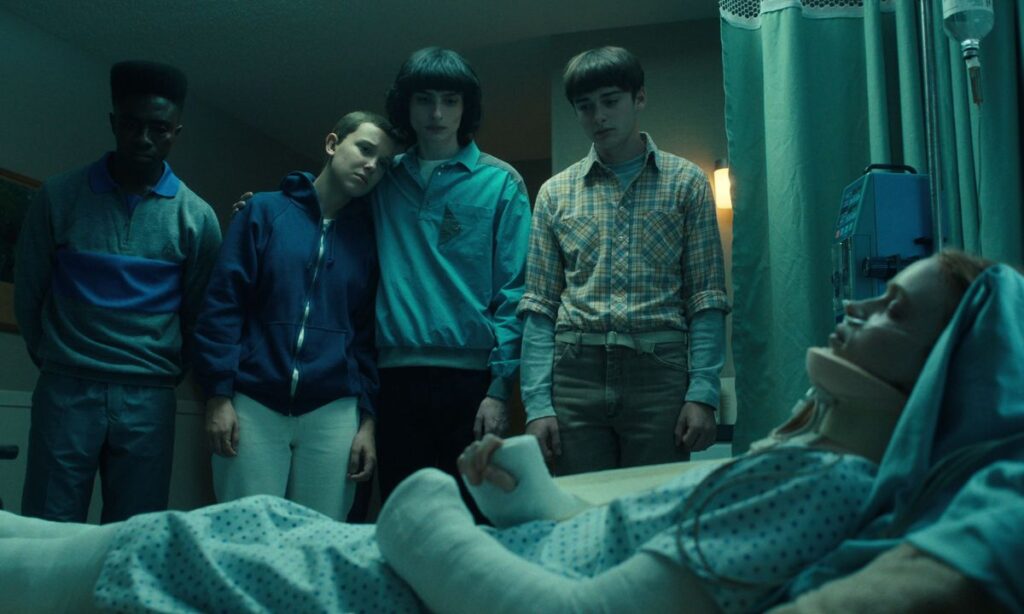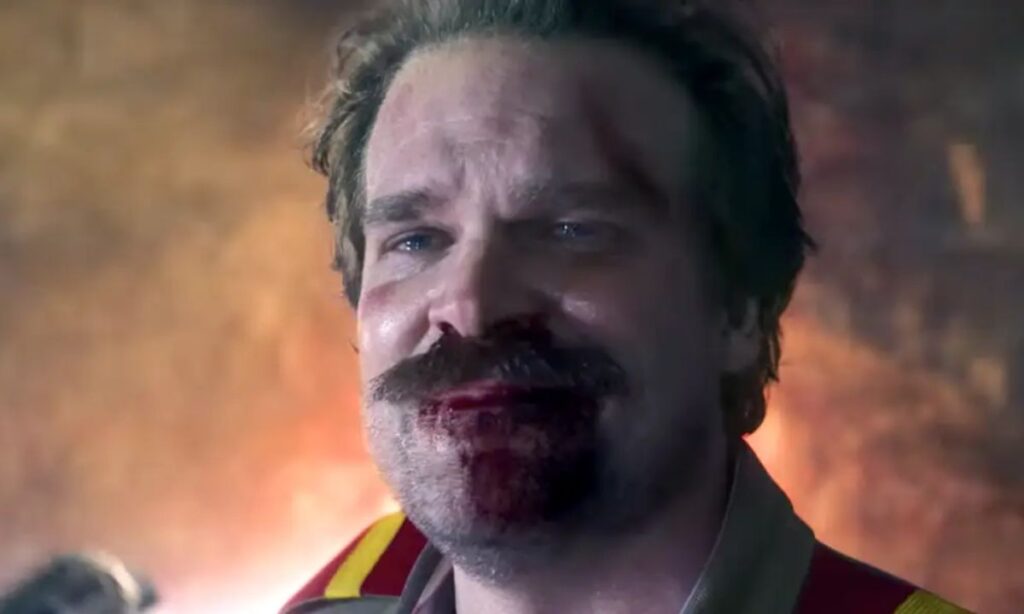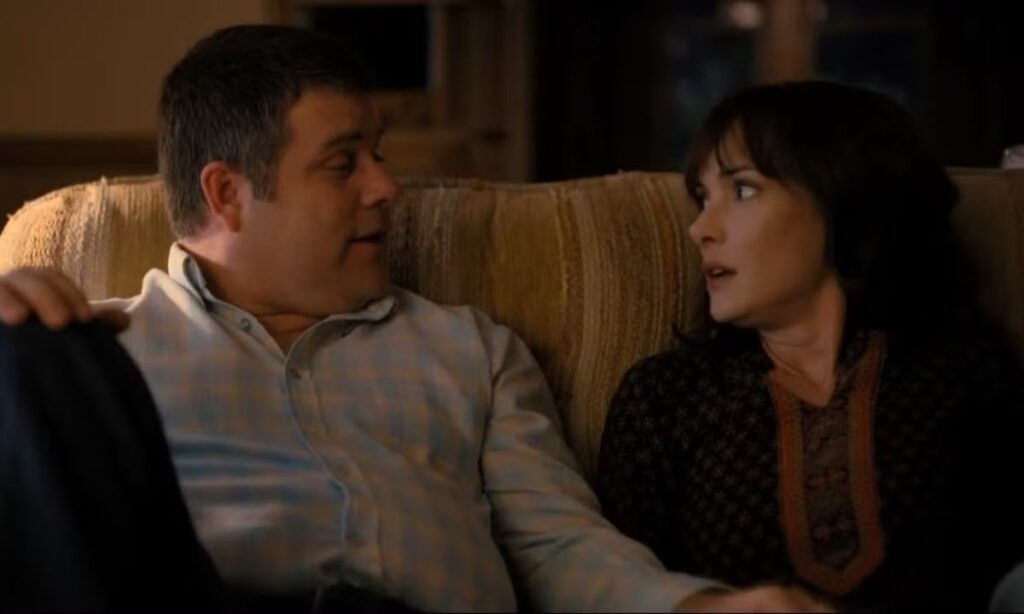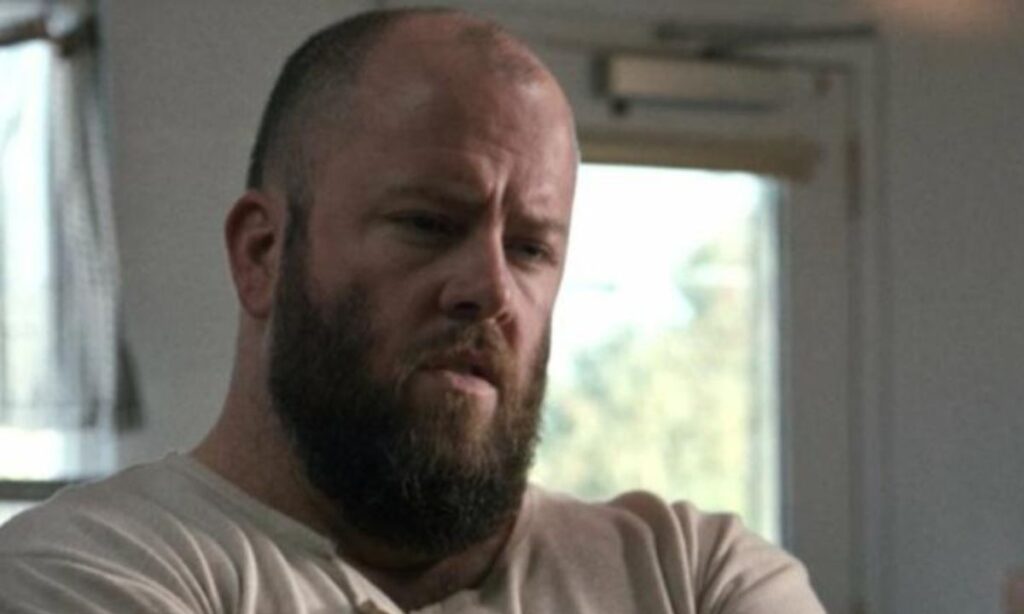Table of Contents
I share a love-hate relationship with the ‘fake death trope’ writers use. On one hand, I get it — it’s super dramatic and keeps you guessing. It adds that extra punch of emotion and surprise that keeps you glued to the screen. But honestly? After watching a million shows, I’m kinda tired of it being overused. Not just me. Many web series watchers find this cheap.
Now back to Stranger Things, I feel like they’ve balanced it pretty well so far. When they pull off a fake death, it’s usually meaningful and connected to the character’s growth, not just for shock value. But does everyone think so?!
First things first, what’s a fake death trope?
The fake death trope is when a character appears to die — often in a dramatic or emotional way — but later it’s revealed they didn’t actually die. This twist is used to surprise the audience, create suspense, or give the story an unexpected turn.
Fake deaths can be thrilling when done well but can feel frustrating if overused or used just for shock value.
Here’s an example to understand it better. Did you like Jon Snow in Game of Thrones?
At the end of Season 5, Jon Snow is stabbed and seemingly killed by his own men. Fans believed he was dead for months, but in Season 6, he’s brought back to life by Melisandre. This fake death shocked everyone and became one of the biggest TV moments in recent years.
Or Kakashi Hatake in Naruto?
Anime often uses fake deaths to raise emotional stakes while keeping fan favorites in play. In Naruto Shippuden, Kakashi dies during a battle against Pain, and it’s a really emotional moment for fans. But shortly after, it’s revealed that he was revived thanks to the efforts of his friends and some ninja healing techniques. This fake death adds tension and stakes but also allows the story to keep a beloved character around.
Stranger Things fake deaths list
1. Will Byers (Season 1) — “death” and rescue
- What happened: Will is presumed dead after disappearing but is actually trapped in the Upside Down.
- Did it serve value? ✔️ Yes
- Why: This fake death was central to the entire series’ premise. It created massive emotional stakes and hooked viewers immediately. And we knew he was one of the main guys and will definitely be rescued in the future. It wasn’t a cheap trick but a genuine plot driver.

2. Billy Hargrove (Season 3) — Mind Flayer Possession
- What happened: Billy appears to be killed but is actually possessed by the Mind Flayer.
- Did it serve value? ✔️ Mostly
- Why: This twist added complexity to Billy’s character and created suspense, though some fans felt it dragged a bit.

3. Max Mayfield (Season 4, left at cliffhanger)
- What happened: Max is in a coma, near death but not confirmed dead — potential for fake death or recovery in Season 5.
- Did it serve value? We are yet to find that out.
- Why: It sets up suspense and emotional stakes, but final impact depends on Season 5 resolution.

4. Hopper (Season 3)
- What happened: Hopper is caught in an explosion at the Russian gate. He’s presumed dead — even gets a memorial moment in Season 4’s opening. Then it’s revealed in the post-credits scene and later episodes that he survived and was taken to a Russian prison.
- Did it serve value? ✔️ Not really
- Why?
- Built massive hype between seasons, and his rescue arc added new settings (Kamchatka) and character depth.
- Some fans, though, saw it as an unnecessary fake-out since the post-credits scene spoiled it almost immediately.
- Also, if he is going to come back, why were there unnecessary tensions dangling in the air? For instance, Eleven reading the letter.

5. Dr. Martin Brenner aka Papa
- What happened: In Season 1, Brenner is attacked by the Demogorgon and presumed dead. Surprise — he turns up alive in Season 4, working with the military and overseeing Eleven’s training again.
- Did it serve value? ✔️ Yes & No
- Yes: His return added closure to Eleven’s complicated relationship with him and gave more backstory on the lab kids.
- No: It felt so undercut in the Season 1 finale’s stakes and made his “death” feel pointless in hindsight.
Real Stranger Things deaths we wish could’ve been fake deaths
But there are Stranger Things deaths that felt terrible, and we wished the character came back?! Yup. We are here for it now.
1. Eddie Munson (Season 4)
- Why it could’ve been a fake death: He dies in the Upside Down with no one around except Dustin. Logistically, the writers could have left his fate ambiguous — maybe disappearing into the Upside Down and returning later.
- Why it wasn’t: His sacrifice was meant to seal his redemption arc and give the season an emotional gut punch. Faking it would’ve cheapened the impact.
2. Bob Newby (Season 2)
- Why it could’ve been a fake death: His Demodog attack could have ended with him severely injured but alive, especially since Joyce and the kids reach him quickly.
- Why it wasn’t: His selfless act and tragic end served to deepen Joyce’s grief and push her closer to Hopper emotionally.

3. Alexei (Season 3)
- Why it could’ve been a fake death: His shooting at the fair happens during chaos, leaving room for an “ambulance rescue” or hidden survival reveal.
- Why it wasn’t: His death underscored the danger of going against the Russians and gave Murray a deeper reason to stay in the fight.
5. Benny Hammond (Season 1)
- Why it could’ve been a fake death: the government shoots the diner owner who first helps early on. They could’ve written him as secretly captured or in hiding.
- Why it wasn’t: His quick, brutal death was meant to show the ruthlessness of Hawkins Lab and set the dark tone early.

So, did Stranger Things overuse the fake death trope?
Yep — Stranger Things has used the fake death trope, but not excessively. It’s not like The Vampire Diaries or certain superhero shows where nobody stays dead. Instead, the Duffer Brothers use it sparingly — mostly as a tension device — so when it does happen, it still feels like a big deal.
💡The simple formula for a working fake death trope -> shock → grief → OMG relief.
How Stranger Things does it differently
Unlike shows that reset deaths so often it kills stakes, Stranger Things usually uses fake deaths:
- Once per major season at most (so it doesn’t feel cheap).
- To set up a mystery (Where’s Hopper? What happened to Will?).
- To emotionally torture characters and viewers (Max’s revival hits because we saw Lucas holding her as she died).
- As a mid-story hook, not just a finale cliffhanger — so the reveal can pay off within the same or next season.
Why it works here
- Fans still trust the show to kill off characters for real (Eddie, Bob, Billy), so fake deaths don’t feel predictable.
- When they do pull it, it usually deepens the story — Hopper’s “death” pushed Joyce’s grief arc, Max’s “death” heightened the Vecna threat.
- They also make sure the “survival reveal” feels plausible within the supernatural/scientific logic of the world.
Final thoughts
So yeah — Stranger Things plays with the fake death trope, but it doesn’t drown in it. The Duffers know fans are savvy, so they drop it just enough to keep us clutching our blankets without rolling our eyes. When someone “dies” in Hawkins, it still hits hard because we’ve seen the show follow through on real losses. And that balance — between gut punches and gasp-worthy revivals — is exactly why we’re still here, popcorn in hand, bracing for whatever “oh no, they didn’t” moment Season 5 is going to throw at us.
